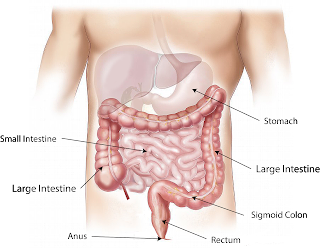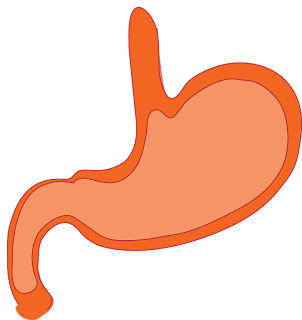Rest Training Your Baby: Tips for Success
The human cerebrum runs on rest. The American Academy of Sleep Medicine suggests that newborn children matured 4 a year get between 12-16 hours of rest during every 24-hour time span (counting rests) to receive the most wellbeing rewards. Youngsters ages 1-2 years need 11-14 hours, and those ages 3-5 need 10-13 hours every day.
 |
| Rest Training Your Baby: Tips for Success |
Not getting enough Zzz's can have various ramifications for children and guardians. Without a doubt, the American Academy of Pediatrics (AAP) has connected successive night wakings to post pregnancy anxiety in mothers, future youth weight, social issues, and then some. Marc Weissbluth, M.D., the creator of Healthy Sleep Habits, Happy Child, adds that infants who don't get sufficient solidified REM rest have more limited capacities to focus, so they don't learn also. They additionally discharge a greater amount of the pressure chemical cortisol, setting them up for successive night wakings and hindered rests.
 |
| Rest Training Your Baby: Tips for Success |
The key to combating these negative consequences? Starting an effective sleep-training method that works for your child. If necessary, talk to your pediatrician to rule out any underlying medical condition (such as GERD, sleep apnea, or allergies) that may be keeping your child awake at night. Then make sure you and your partner are on the same page, and follow these tips for sleep training your baby.
1. Keep a Sleep Log
Keeping a log can assist you with seeing themes in your child's rest plan. Start by following days and evenings for multi week, then, at that point utilize the information to sort out their optimal sleep time. You may say, "Gracious, she's consistently fastidious at 7 p.m.— that is presumably when I ought to put her down." A log may likewise allow you to see that your newborn child isn't crying as regularly as you suspected; five minutes of objecting can feel like 50 minutes at 2 a.m
2 Make a Bedtime Routine
Every evening, perform sleep time customs that will reassure your baby and set up their body for rest. Incorporate calming strategies like washing, perusing, or singing bedtime songs. Keep anything animating—like tickling, sitting in front of the TV, or playing with electronic toys—out of the situation. Following a reliable routine tells your child it's time to turn in, and it additionally fosters their interior clock.
3 Pick a Sleep-Training Technique
Powerful rest preparing strategies differ by family and kid. Here are a couple of mainstream alternatives to consider.
Blurring Method: With this strategy, guardians help their child nod off with mitigating strategies (taking care of, shaking, talking, and so on) Your child will normally require less solace over the long haul, so you can bit by bit "become dim" of their sleep time schedule.
Ferber Method: Parents mind their crying kid at slowly expanding time stretches, which advances self-mitigating and free dozing.
Get/Put-Down Method: Parents get their child when they cry or quarrel, then, at that point put them down after they're ameliorated, rehashing until they nod off.
Cry It Out Method: After their sleep time schedule, infants are left to "deal with it" until they nod off autonomously.
 |
| Rest Training Your Baby: Tips for Success |
Seat Method: Mom or Dad sits close to the lodging in a seat until the child nods off, making an effort not to alleviate in the event that they get fastidious. They bit by bit move the seat further from the bunk every evening, until they're outside of the room and out of view.


















